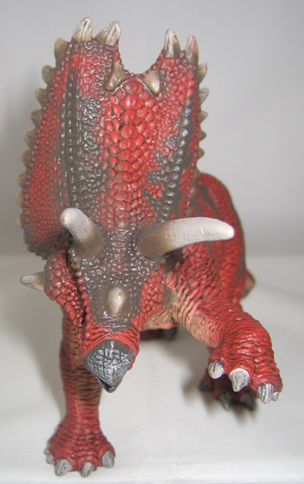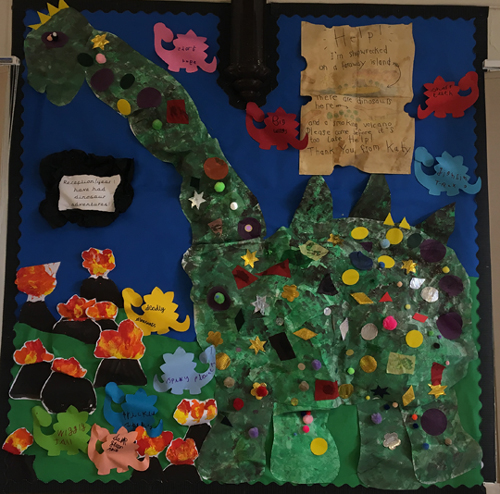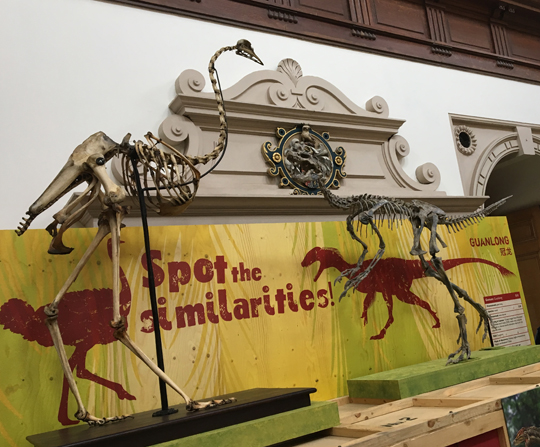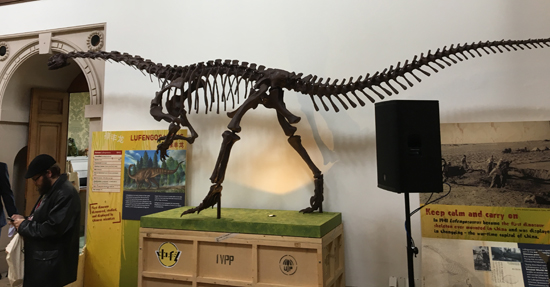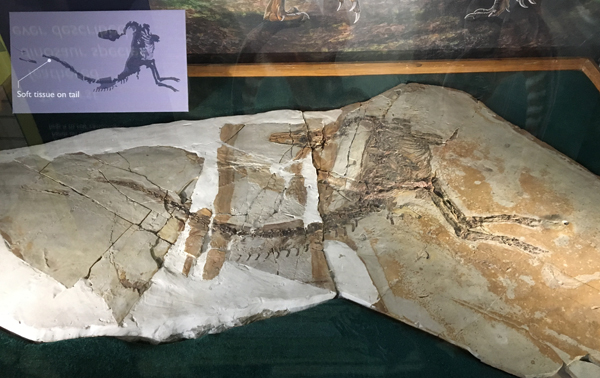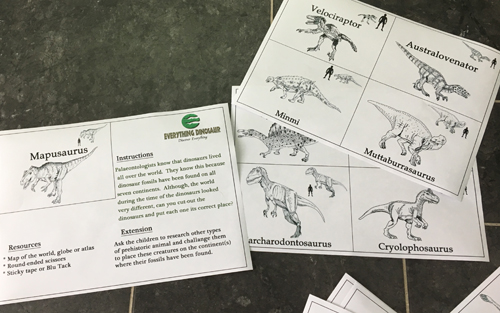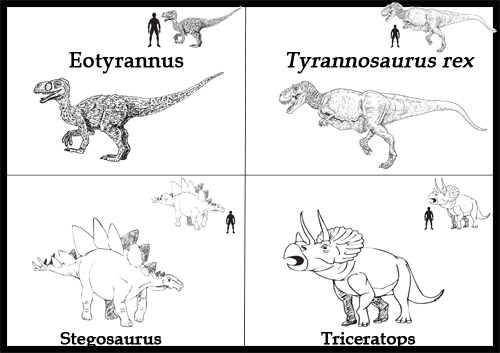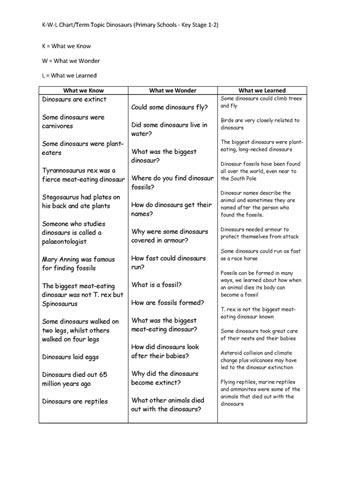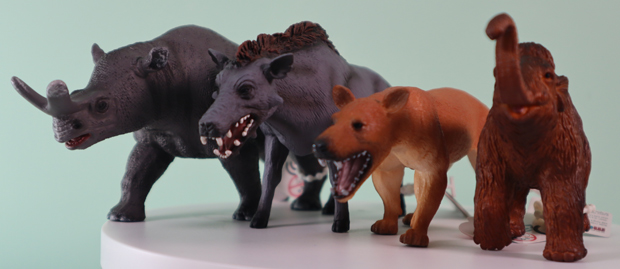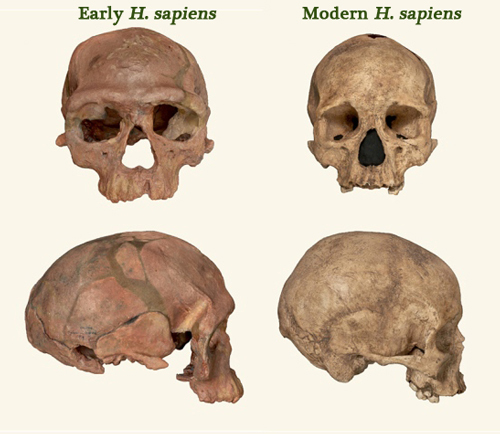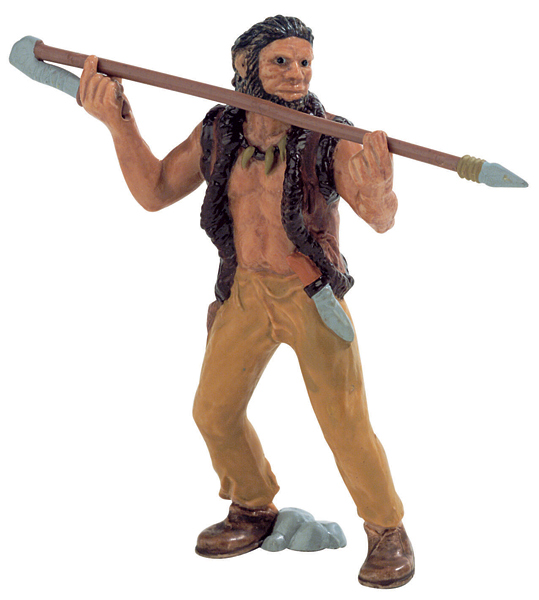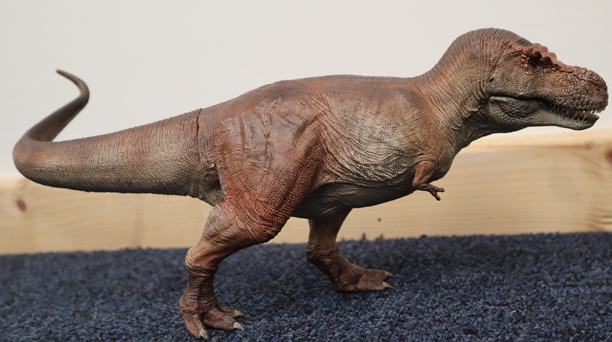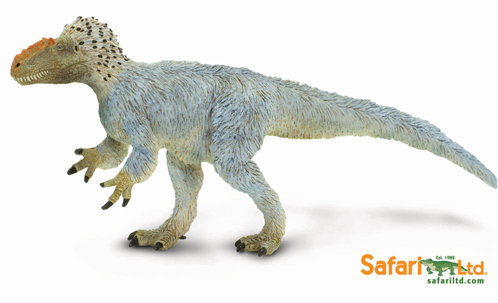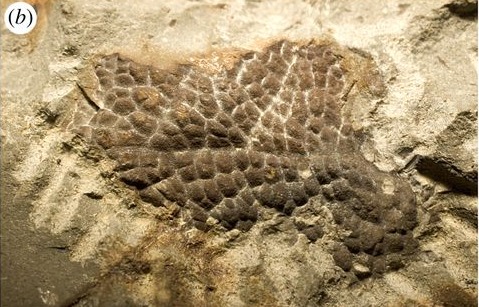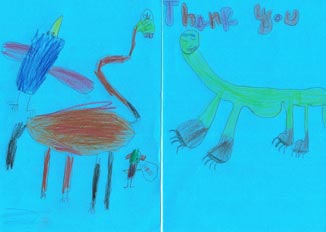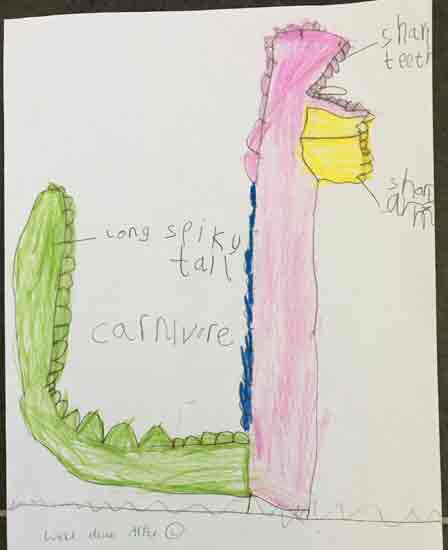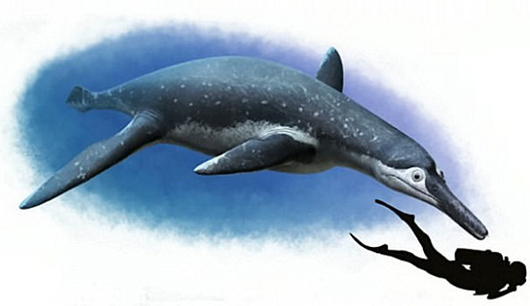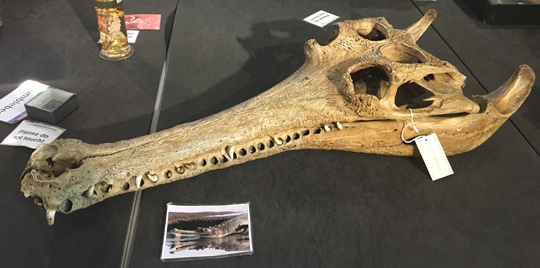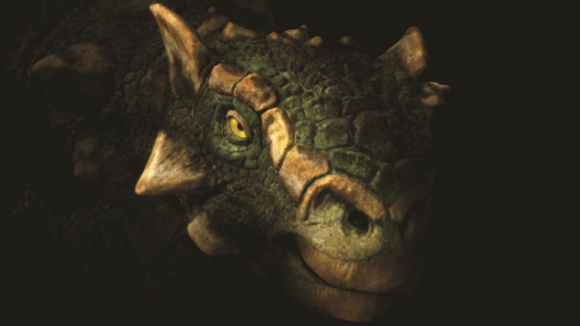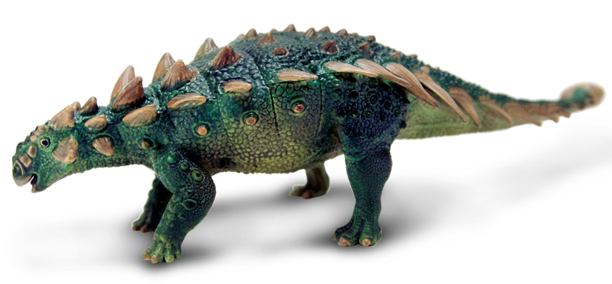Articles and blog posts that examine general teaching topics and school activities.
Impressive and Spectacular Dinosaur Model Painting
Schleich Pentaceratops Model Makeover
At Everything Dinosaur, our team members and teaching staff are always amazed by just how creative and clever dinosaur fans are. Take for example Peter Thomas, a collector of prehistoric animal models who kindly sent to us some pictures of his version of the Schleich Pentaceratops dinosaur figure. What an amazing colour scheme and such a skilfully painted model too.
Schleich Pentaceratops Model
Picture credit: Everything Dinosaur
The Colour of Dinosaurs
Despite considerable advances in recent years, palaeontologists cannot be certain about the colours of horned dinosaurs. However, most scientists believe that these bird-hipped reptiles had excellent colour vision and that their spectacular frills and crests played a role in visual display as well as in intraspecific combat and as defensive weapons against carnivorous dinosaurs. Peter has opted to give his Pentaceratops a very colourful crest and skull, the flashes of yellow combined with the red tones would have made a most impressive display surrounded by the greens and browns of the forest.
Combining Dinosaurs with Art
Dinosaur models, such as those made by Schleich with their roughened textures and carefully crafted features, provide tremendous scope when it comes to considering a repaint. By repainting, you can be guaranteed to have created a unique piece of art and after all, not even the world’s most respected palaeontologist can criticise your choice of colours, as no one has ever seen a living non-avian dinosaur. Horned dinosaur replicas make an excellent model choice for the hobbyist. These types of dinosaurs, known as ceratopsians, are famous for their ornate head shields and myriad of bumps, horns, and lumps on the heads and faces. When painted the model can be photographed in a suitable setting or added to a custom-made prehistoric landscape diorama.
The Schleich Pentaceratops Compared to the Schleich Triceratops
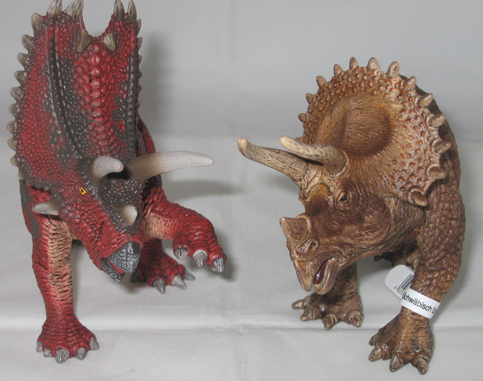
One of the enlarged jugal bones with a horny sheath on it can be clearly seen on the Pentaceratops model (cheek area, under the eye). Picture credit: Everything Dinosaur.
Picture credit: Everything Dinosaur
Visit the Everything Dinosaur website: Everything Dinosaur.
Education Extensions
As an extension to a science module involving learning about evolution, fossils and extinction, teachers could challenge students to repaint a dinosaur model. This brings an element of art and design work into the science curriculum, helping to support the idea of cross curricular touch points in the teaching syllabus. Students could be tasked to consider the following areas:
- What colour scheme might work best to help camouflage the animal?
- How the habitat/environment might influence the evolution of different coloured animals
- The evidence for the colouration of extinct animals
- Can students use examples of living (extant) animals to justify their chosen colour scheme?
A spokesperson from the teaching team at Everything Dinosaur commented:
“Peter’s Pentaceratops is an excellent example of a repainted dinosaur replica. The photography has really helped to emphasis the hues and tones that have been carefully blended together to make a fantastic and truly unique dinosaur model.”
The Schleich model range is an excellent choice for this sort of activity, to view the range of Schleich prehistoric animals in stock at Everything Dinosaur: Schleich Dinosaurs and Prehistoric Animals.


